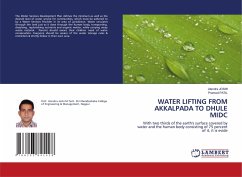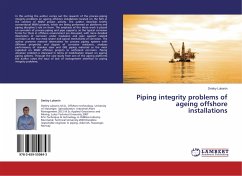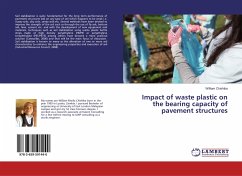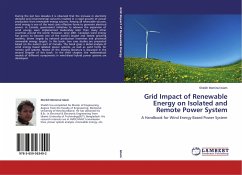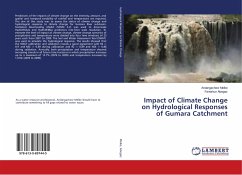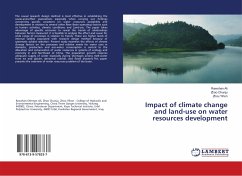
Passive Heave Compensator and Its Impact on Offshore Lifting Operation
Versandkostenfrei!
Versandfertig in 6-10 Tagen
27,99 €
inkl. MwSt.

PAYBACK Punkte
14 °P sammeln!
Splash zone crossing of structures with large horizontal surface (e.g. manifolds) and having large weight variation in water and air (e.g. suction anchors) are of particular concern. This is due to the large slamming forces and added mass of the structures, which results in high dynamic loads on the crane. The solution to this could be attaching a PHC between the crane hook and payload. This not only reduces the dynamic peak loads on the crane, but also mitigates risk of slack wire situation during splash zone crossing. This work analyzes the deployment of a subsea manifold with and without Pa...
Splash zone crossing of structures with large horizontal surface (e.g. manifolds) and having large weight variation in water and air (e.g. suction anchors) are of particular concern. This is due to the large slamming forces and added mass of the structures, which results in high dynamic loads on the crane. The solution to this could be attaching a PHC between the crane hook and payload. This not only reduces the dynamic peak loads on the crane, but also mitigates risk of slack wire situation during splash zone crossing. This work analyzes the deployment of a subsea manifold with and without Passive Heave Compensator in the North Sea at a water depth of 370m. A detailed dynamic analyses is done for a seastate of 3m Hs over a range of Tz periods varying from 3s to 13s. It is concluded that by using a PHC for offshore lifting, reduction in maximum crane wire tension, in slack wires, in landing velocities and in crane tip velocity is achieved. Furthermore, the use of a PHC helps in increasing the weather window, as lifting can be performed in lower Tz periods. However, the use of PHC is recommended for short to medium wave periods, as its efficiency decrease at longer wave period.



